The Senkaku Islands
It is no secret that Japan and China has territorial disputes regarding the Senkaku Islands (or Diaoyu Islands in Chinese), but the recent decade has seen daily confrontations between both coast guards off the coast of these remote islands.
This constant standoff has persisted since the 2010 collision incident where a Japanese patrol vessel was rammed by a rogue Chinese fishing boat, placing significant strain on the already outnumbered Coast Guard.
To address this issue, the Japan Coast Guard (JCG) established a specialized fleet dedicated to protecting the territorial waters of the Senkaku Islands in 2013.
This “Senkaku Guard Unit” is comprised of 12 patrol ships, including two large ones capable of carrying helicopters, as well as newly constructed 1,000-ton class ships.
The Large patrol vessels are normally stationed on the main island of Okinawa, while the newer patrol ships are concentrated on Ishigaki Island, the closest inhabited island to the Senkaku area.
To maximize availability, the JCG introduced a rotation system for the crew, where four crews are assigned to every three patrol ships. This allows one crew to rest while another takes over the patrol duties, enabling the 12-ship, 550-person unit to operate as if it had a total of 14 ships.
The crew rotation system is thought as an effective approach for coping with the limited human resources, and has also been adopted by the Maritime Self-Defense Force’s Mogami-class frigates.
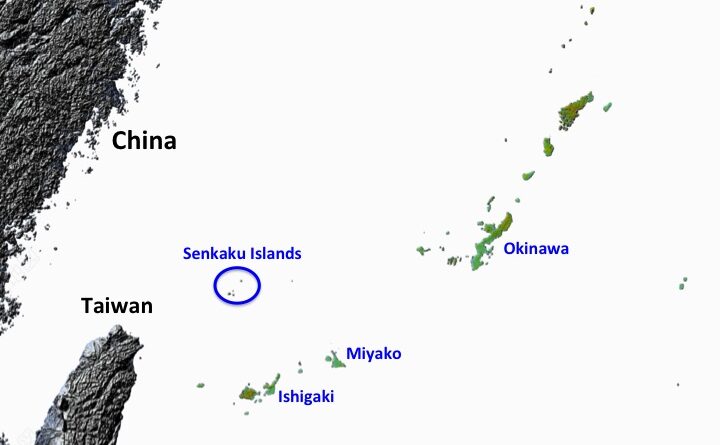
Having established the Senkaku patrol fleet, the JCG also bolstered auxiliary units by stationing nine smaller ships and three surveillance jets to the nearby Miyako Island.
These vessels on Miyako Island primarily address Chinese fishing boats, allowing the patrol ships on Ishigaki Island to focus solely on the Chinese coast guard, whereas the jets are used for aerial surveillance, contributing to the 24-hour security system in tandem with the surface fleet.
Additionally, there are three to four standby vessels ready to be dispatched to the Senkaku area if necessary.
Saved By Chinese Restraint?
Overall, the JCG displays an impressive force in safeguarding the Japanese territorial waters around the Senkaku Islands, but balance is maintained not because Japan has the upper hand, but due to Beijing’s restraint in further escalating the confrontation.
While the number of Chinese patrol ships sent to the Senkaku Islands is usually around three to four vessels, Beijing could certainly dispatch a larger fleet to overwhelm the Japanese Coast Guard if necessary.
Therefore, although the situation seems to be evenly balanced, the reality is Japan diverting its few resources whereas China still has a lot of reserves, serving as diplomatic pressure towards Tokyo.
China could potentially send more than ten vessels at once or mobilize a vast fleet of armed fishermen if they wanted to.
So, even with a dedicated fleet of patrol ships, the situation remains far from secure for the Japanese side, but achieving numerical superiority against China is an impossible task in the first place.

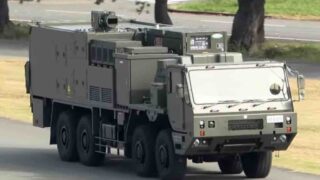
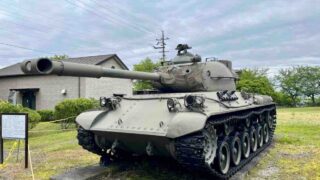
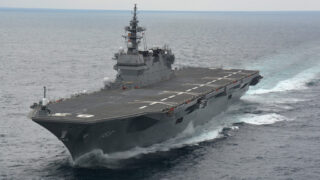
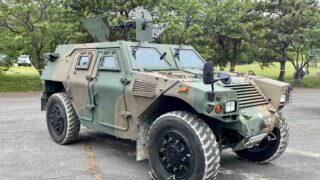
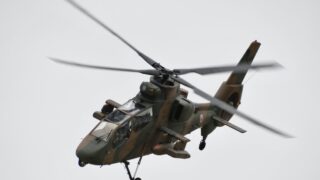
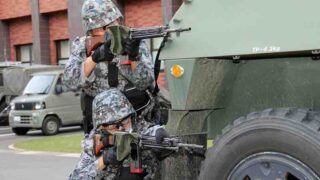
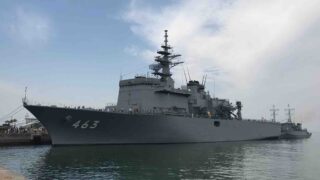
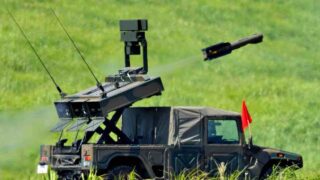
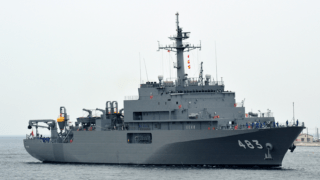
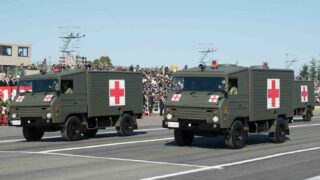
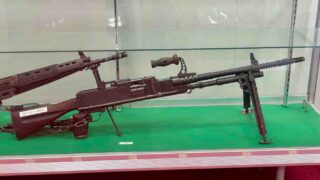
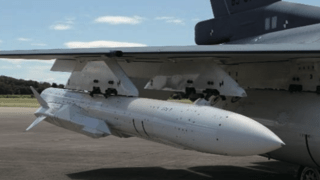
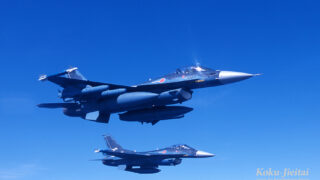

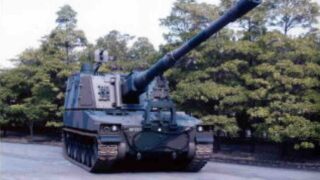
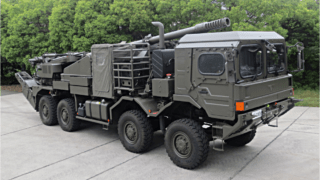
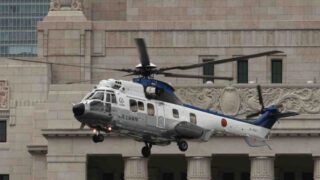
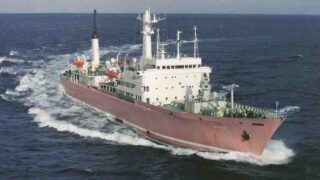
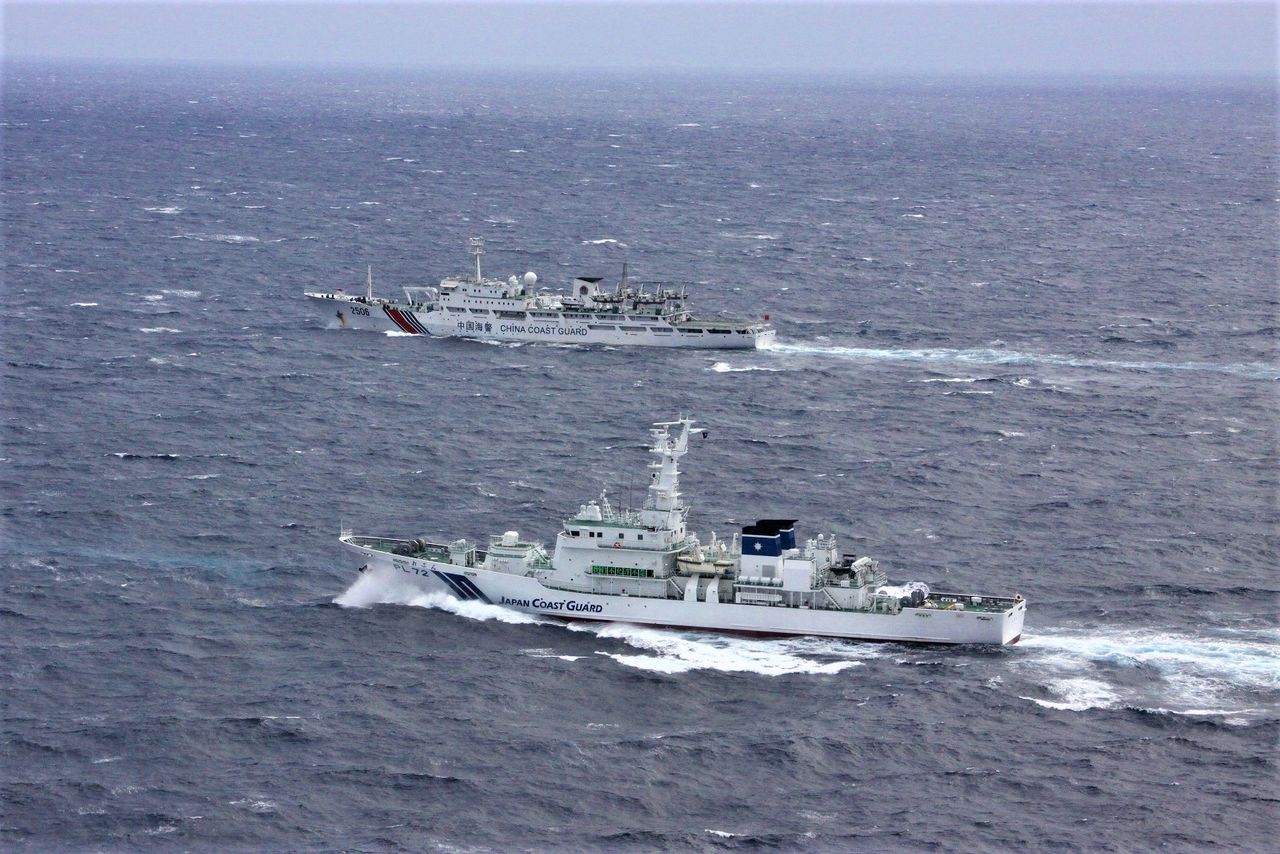
Comments